Mass march marks 100 years of women’s vote
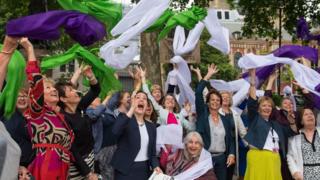 Image copyright PA
Image copyright PAWomen across the UK are set to march together to create a living artwork, to mark 100 years since the first British women won the vote.
Women in Belfast, Cardiff, Edinburgh and London will don the colours of the suffragette movement - green, white and purple - and join a mass procession.
One hundred female artists have worked with local communities to create banners for marches in the four cities.
The protest banners will bear messages about equality.
The mass participation artwork is being hailed as a "once-in-a-lifetime opportunity" celebrating a centenary of the women's vote.
The 1918 Representation of the People Act gave women the vote - but only for those who were over 30 years old and who also owned property.
- The banners and what the women behind them
- The rediscovered letters of a suffragist
- Statue of suffragist unveiled opposite Parliament
Those marching will be given a green, white or violet scarf to wear to create the coloured stripes in the procession. Processions will begin at 14:00 BST.
Tens of thousands of women are expected to join the processions, with women gathering from all over the world and the events will be broadcast on BBC One.
This year has seen a number of events celebrating the centenary of women winning the right to vote, and paying tribute to the suffragette movement.
In February, on the date the parliamentary act was passed, members of the House of Lords held a debate. Several speakers shared memories of women who had fought for female suffrage, but many argued there was still a long way to go.
In April, a statue commemorating the life of the suffragist, Millicent Fawcett - by artist Gillian Wearing - was unveiled opposite Parliament.
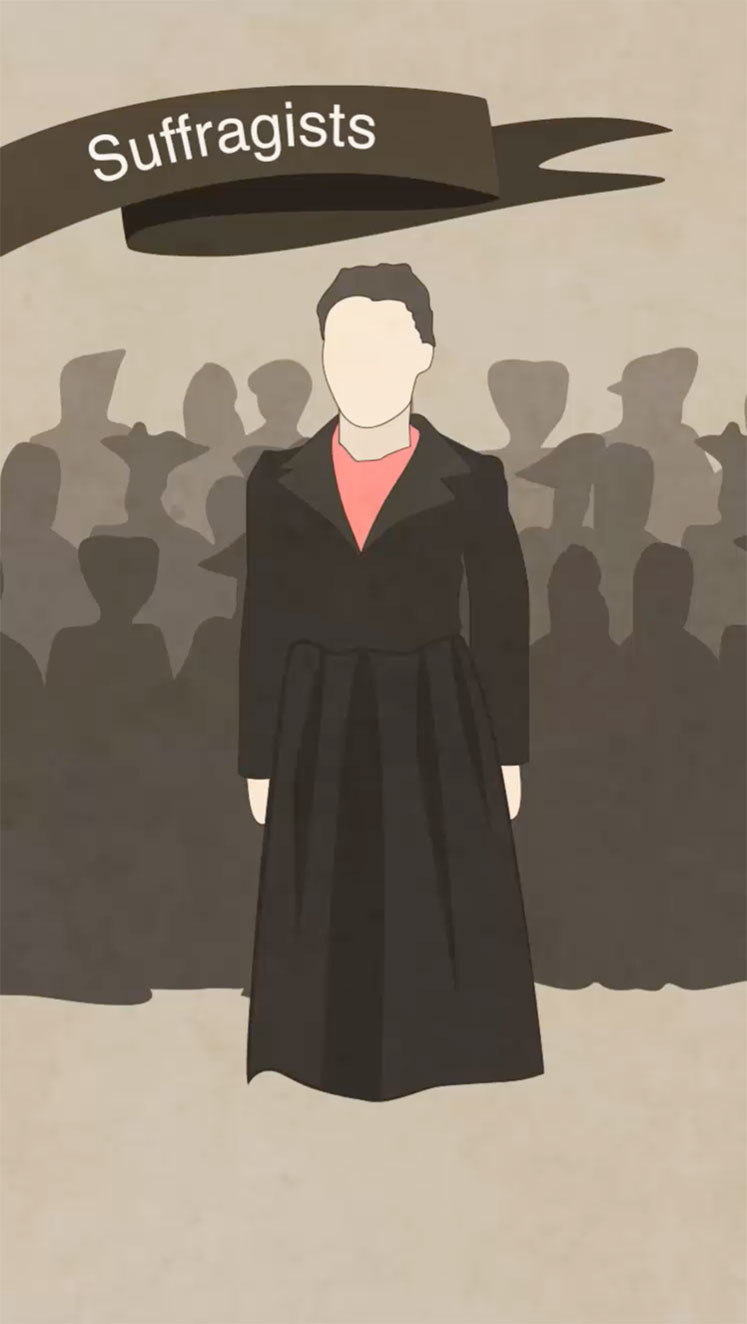
The Suffragists – were first to organise, forming local societies in the 1860s
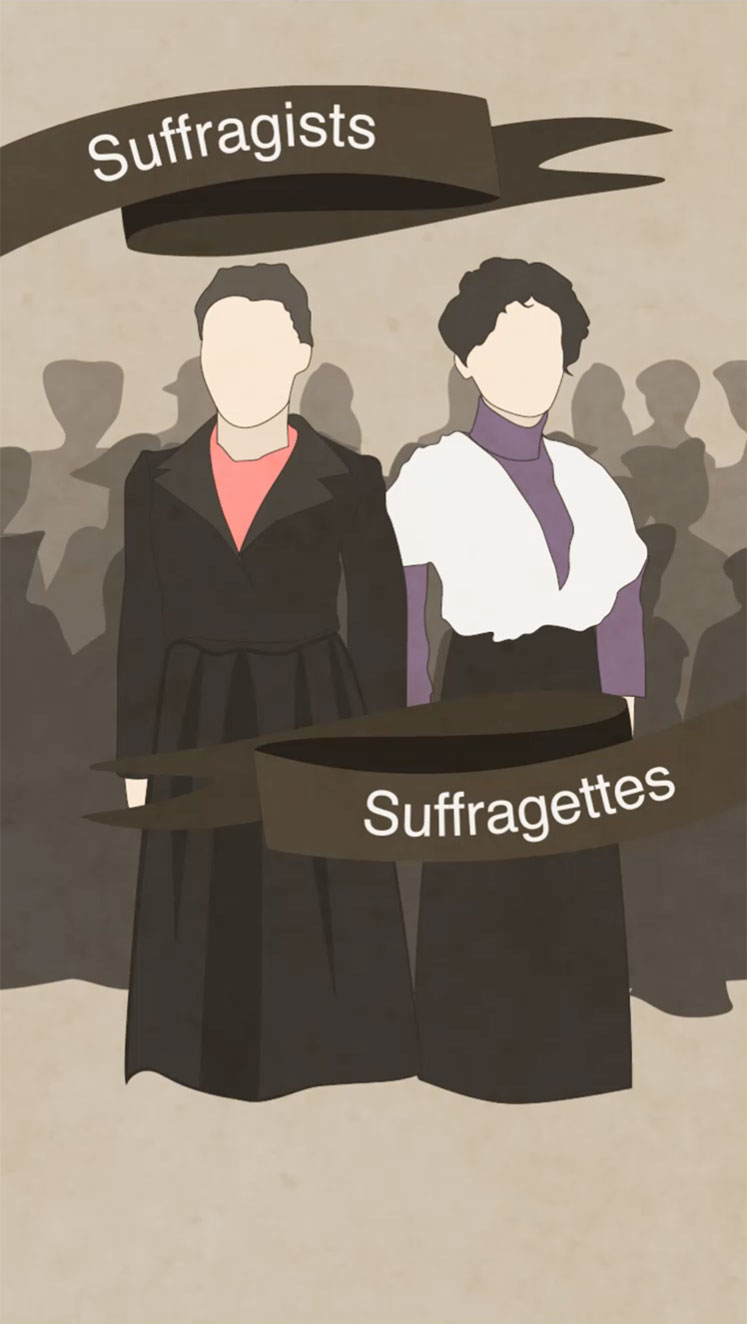
The Suffragettes – were active for just 10 years after splitting from the Suffragists in 1903
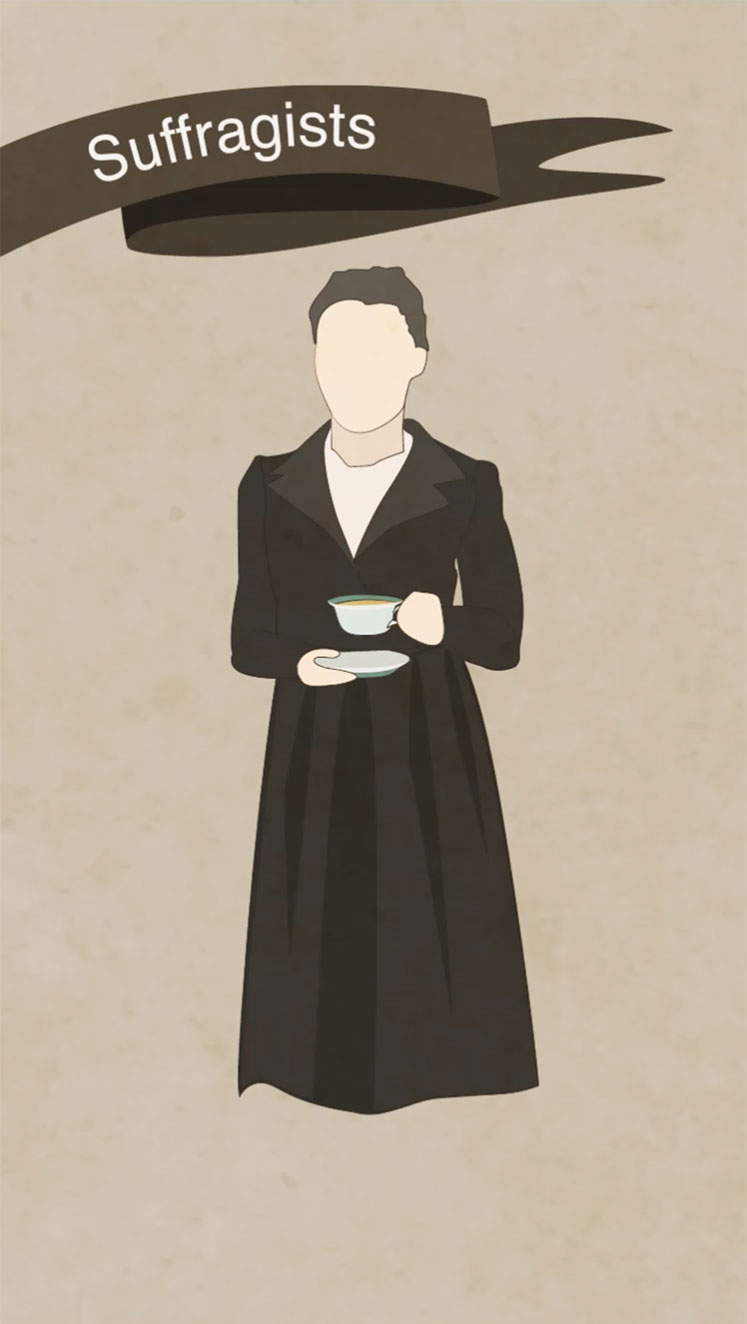
Suffragists – focused on middle-class women
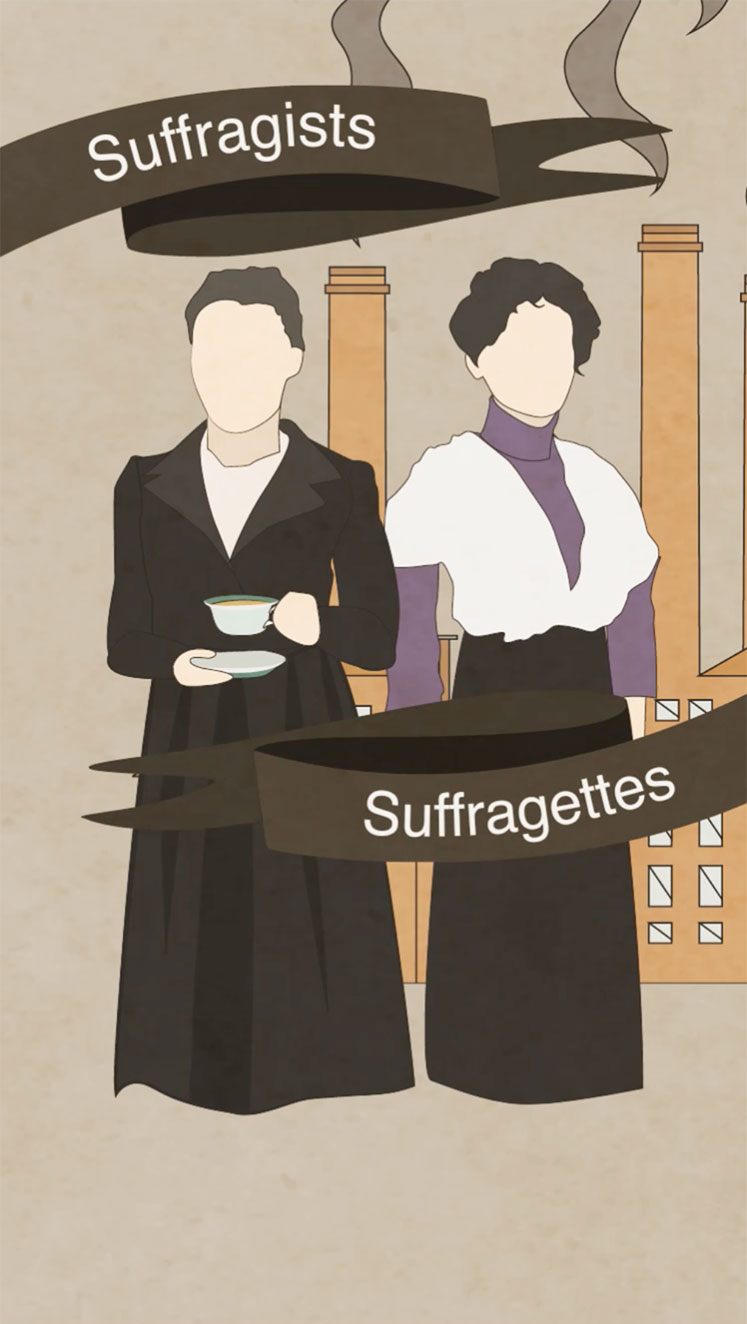
Suffragettes – encouraged working-class women to protest
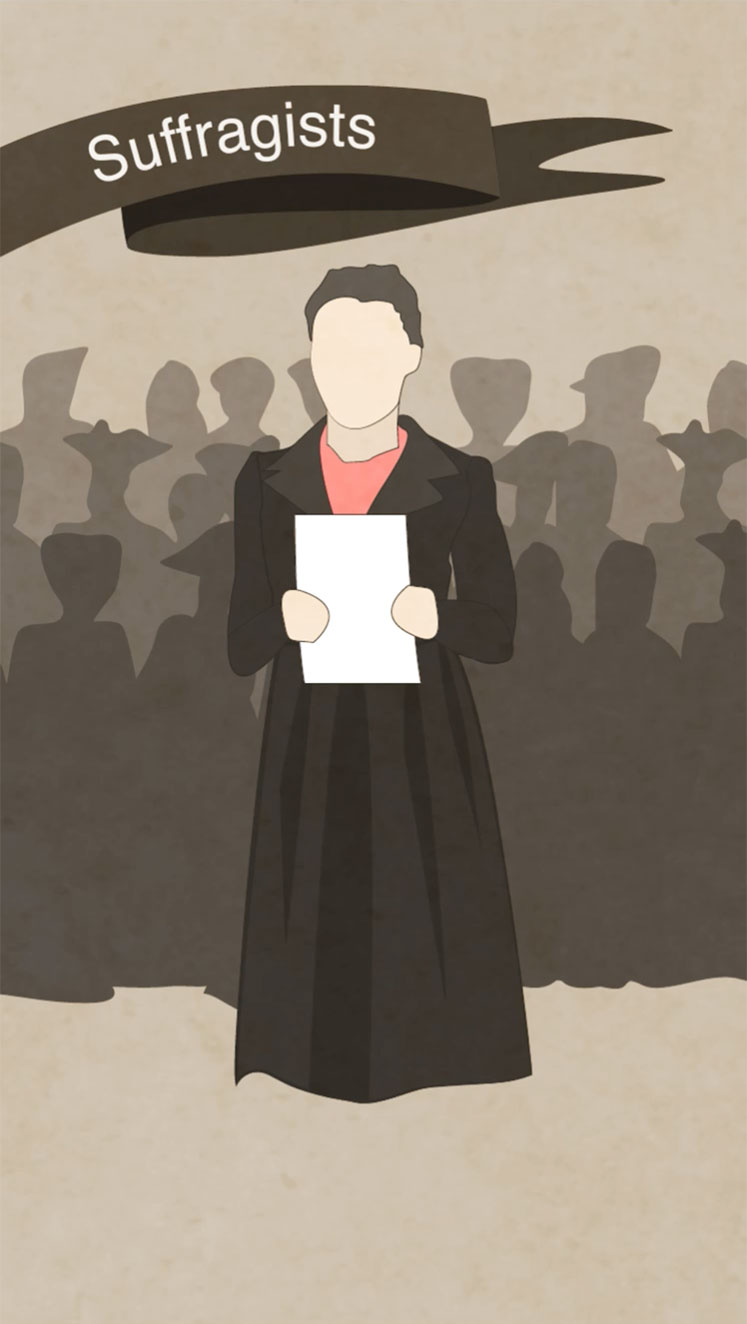
Suffragists – held public speaking events, lobbied MPs and wrote petitions

Suffragettes – disrupted meetings, vandalised art and buildings and were often arrested
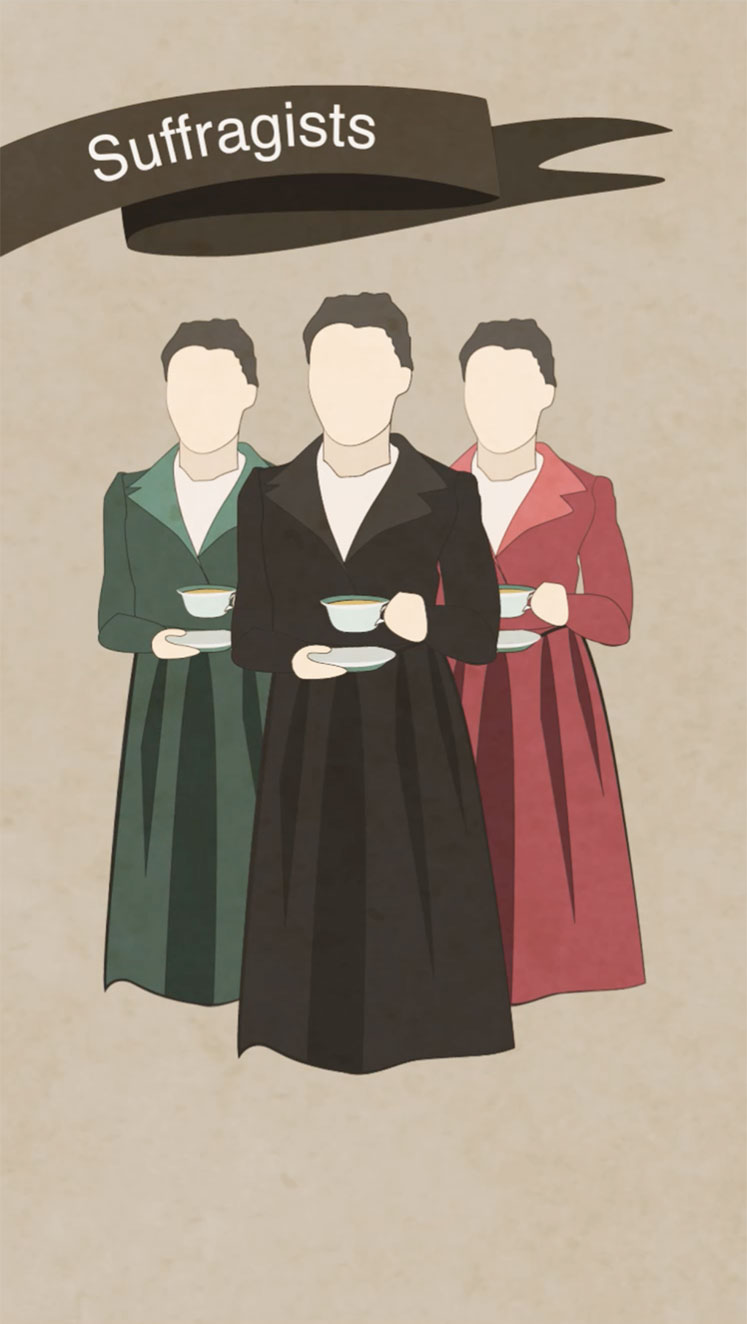
Suffragists – dinner parties!
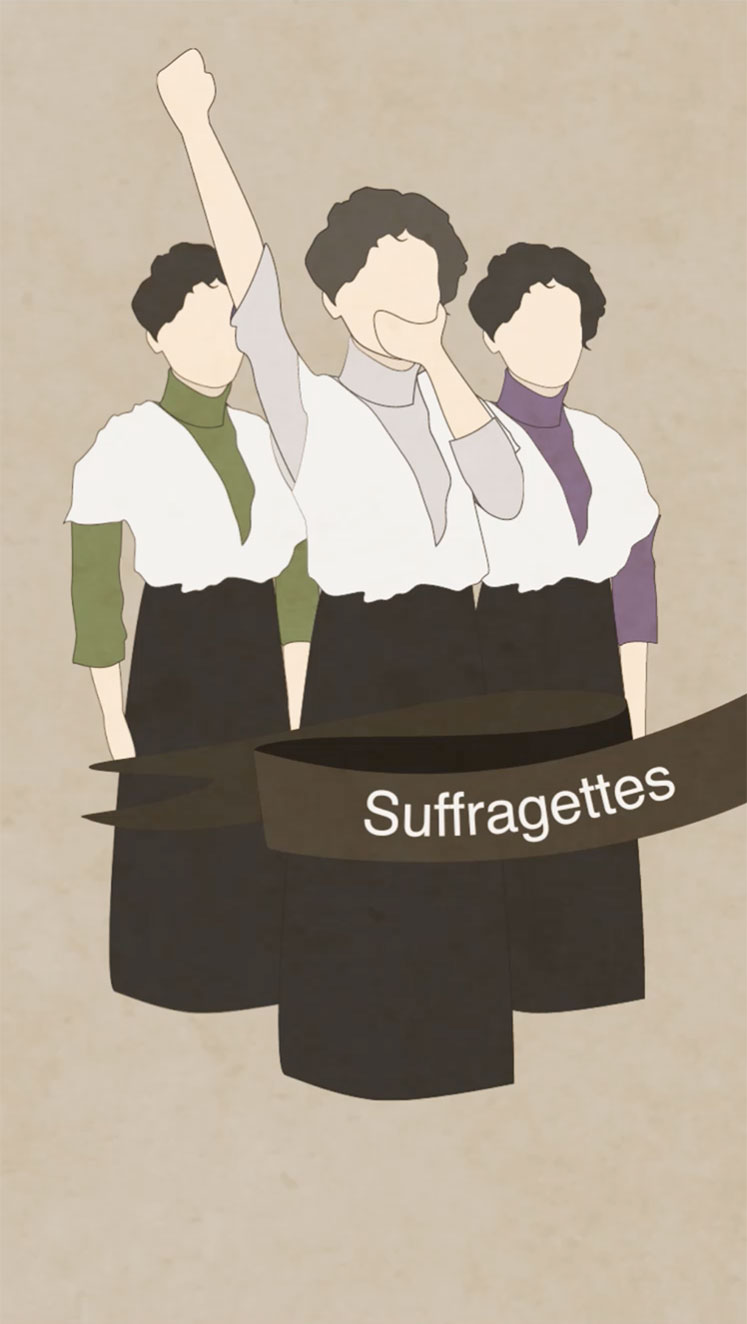
Suffragettes – hunger strikes!
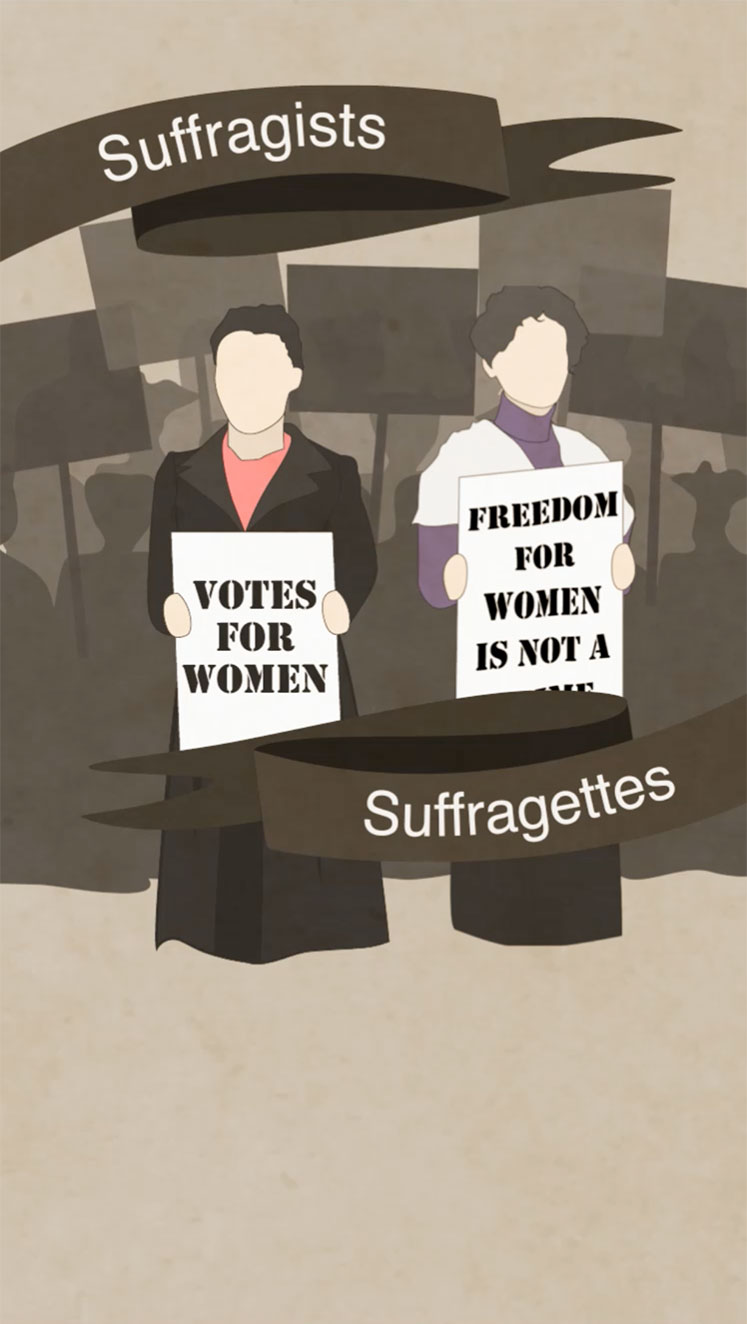
Everyone organised marches!
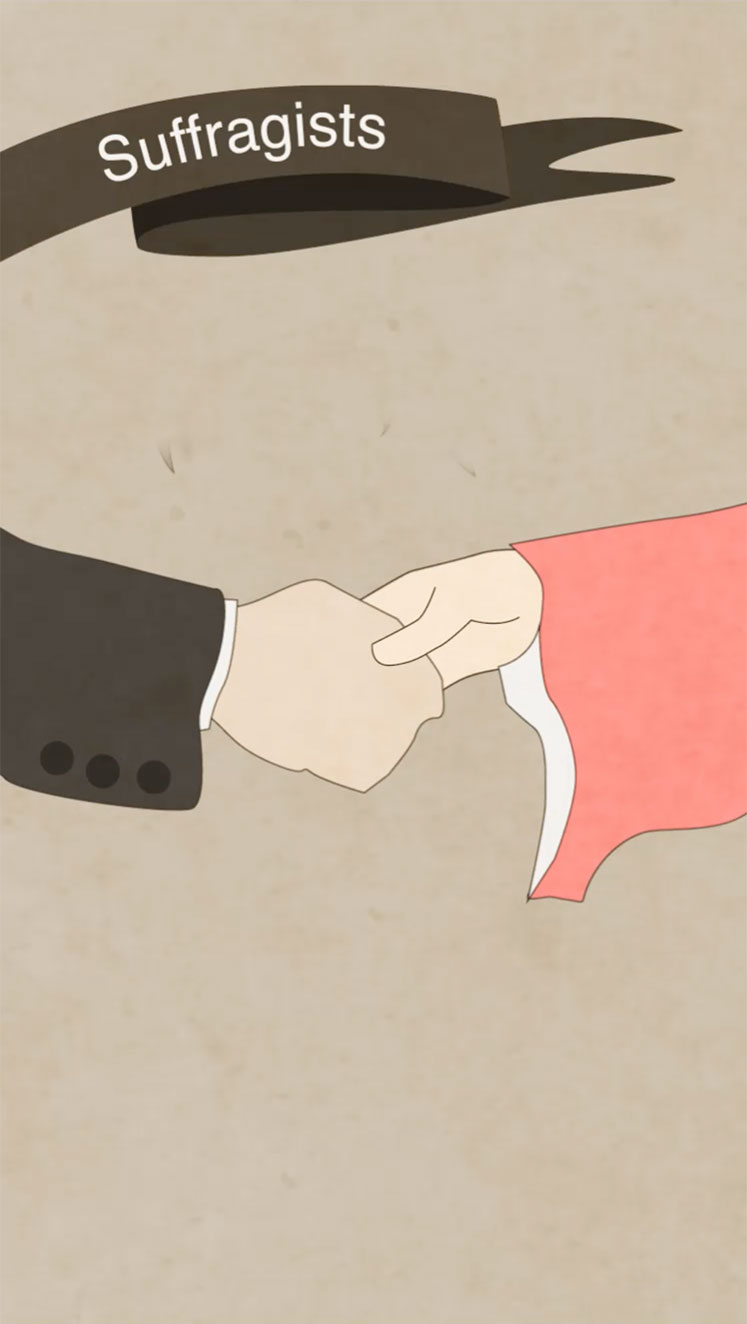
Suffragists – successfully built support in parliament over many years
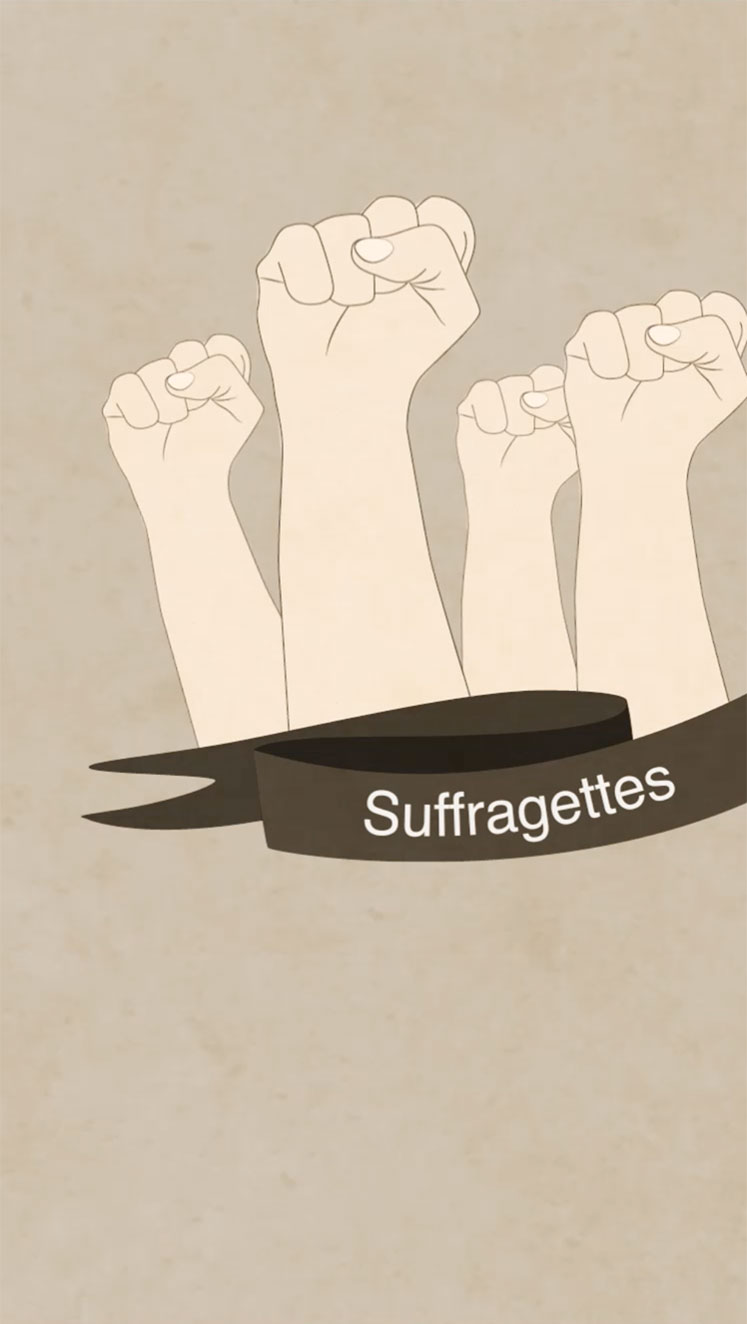
Suffragettes – increased publicity and re-energised the cause but also sparked a backlash
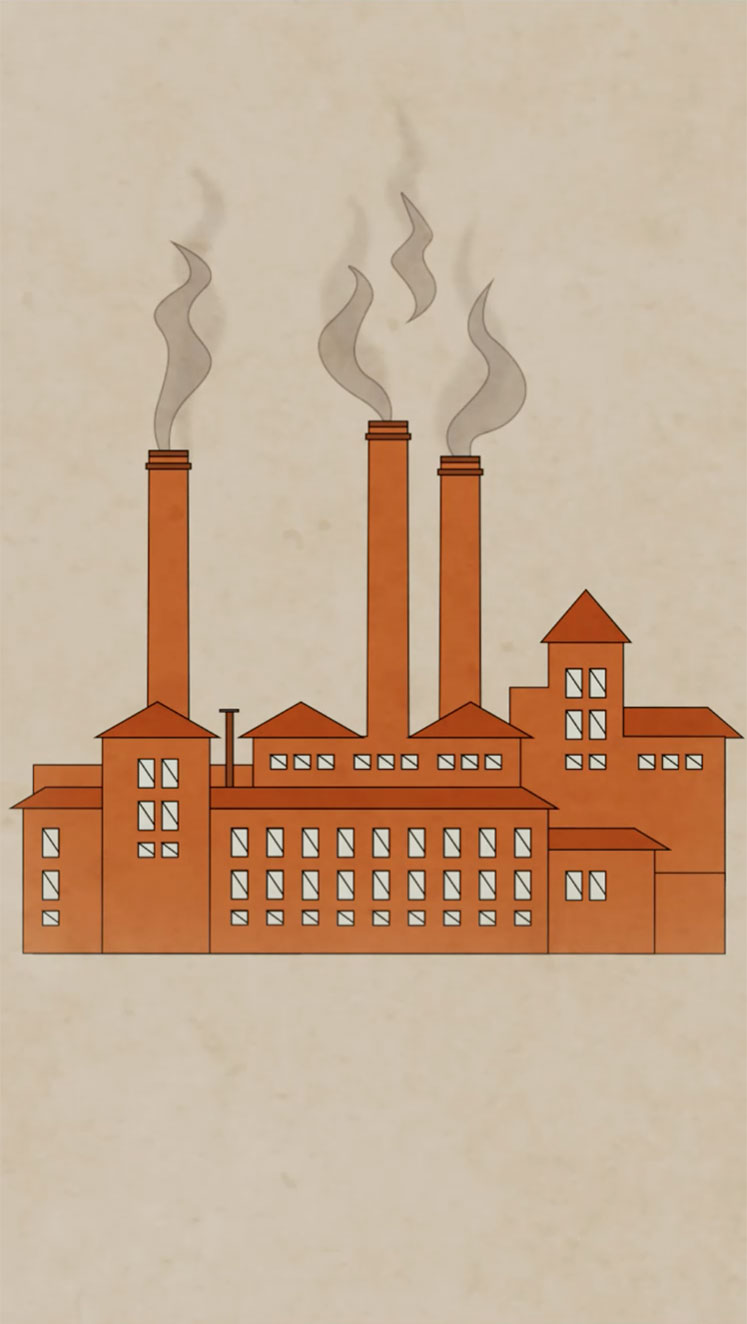
Then in World War One, women took new roles in factories and beyond...
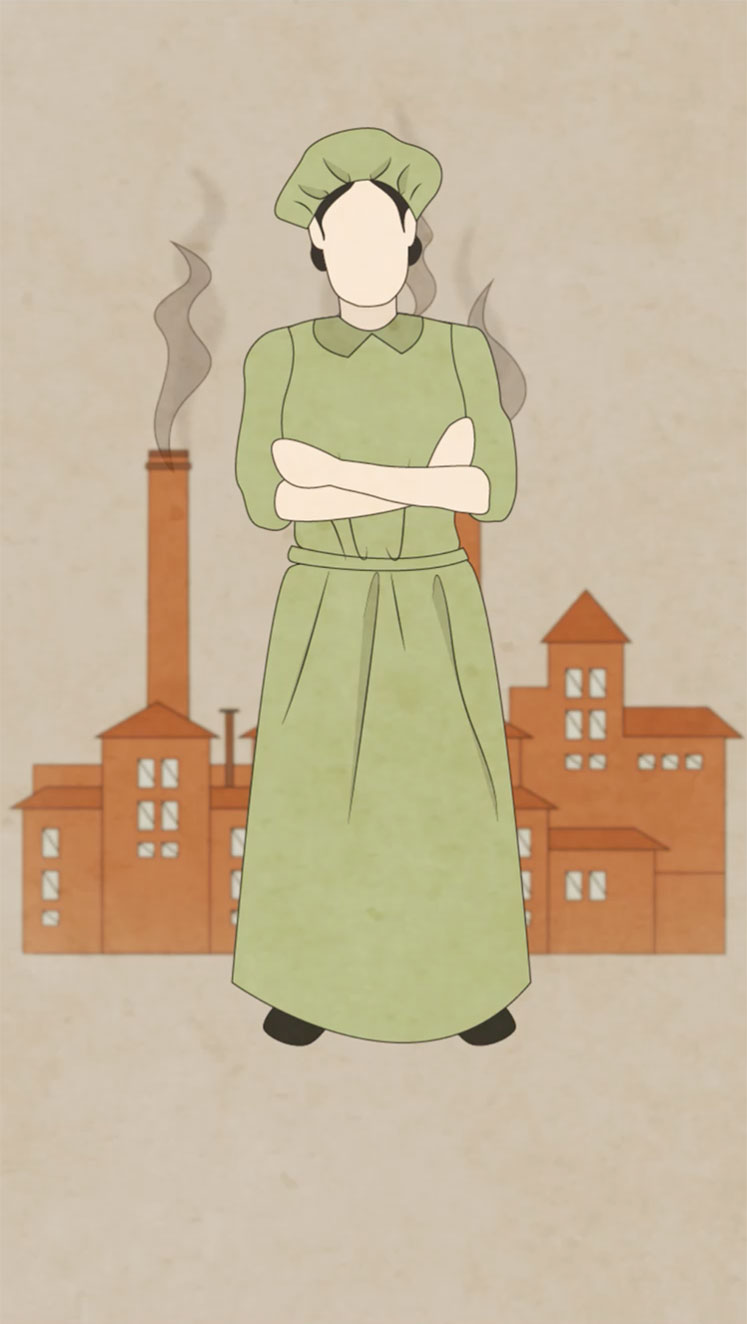
...which made denying them voting rights harder than ever

After 50 years of women standing up and speaking out...
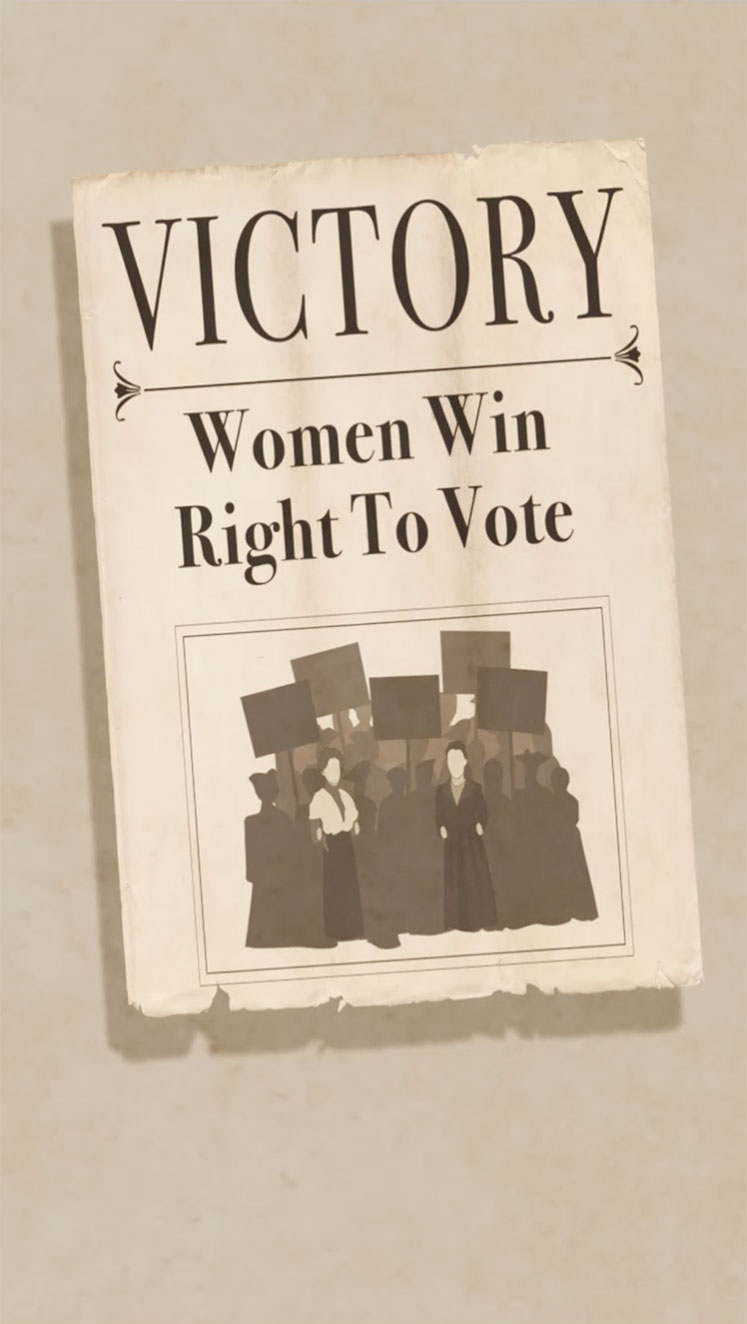
Parliament finally passed a law giving some women the vote in 1918

Click next arrow to proceed
Loading ...
Swipe to progress
Go back to start
Most recently, dozens of sites across England where suffragettes held mass meetings or protests are being officially recognised on the National Heritage List.
Historic England has chosen more than 40 places which record the frontline of the movement's struggle.
Included on the list is the Prince's Stand at Epsom racecourse, the scene of the most famous protest by suffragettes, in which Emily Davison was fatally injured after she ran in front of the King's horse.


